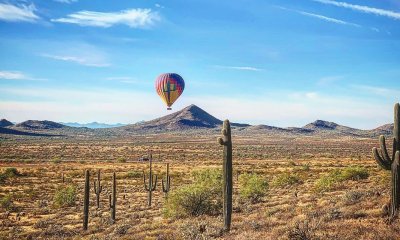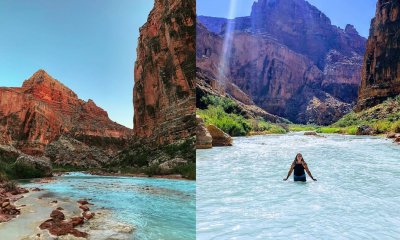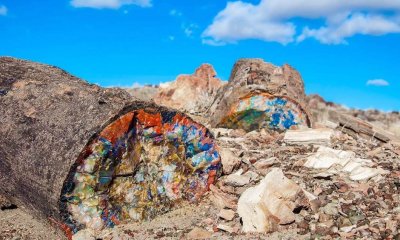Hawaii
Maui
5 Cool Facts About the Huge Haleakala Volcano in Hawaii
The Haleakala volcano is a massive volcano located in the Eastern mountains of Maui, Hawaii. Here are 5 interesting facts about Haleakala.
1) Haleakala is the World’s Largest Dormant Volcano
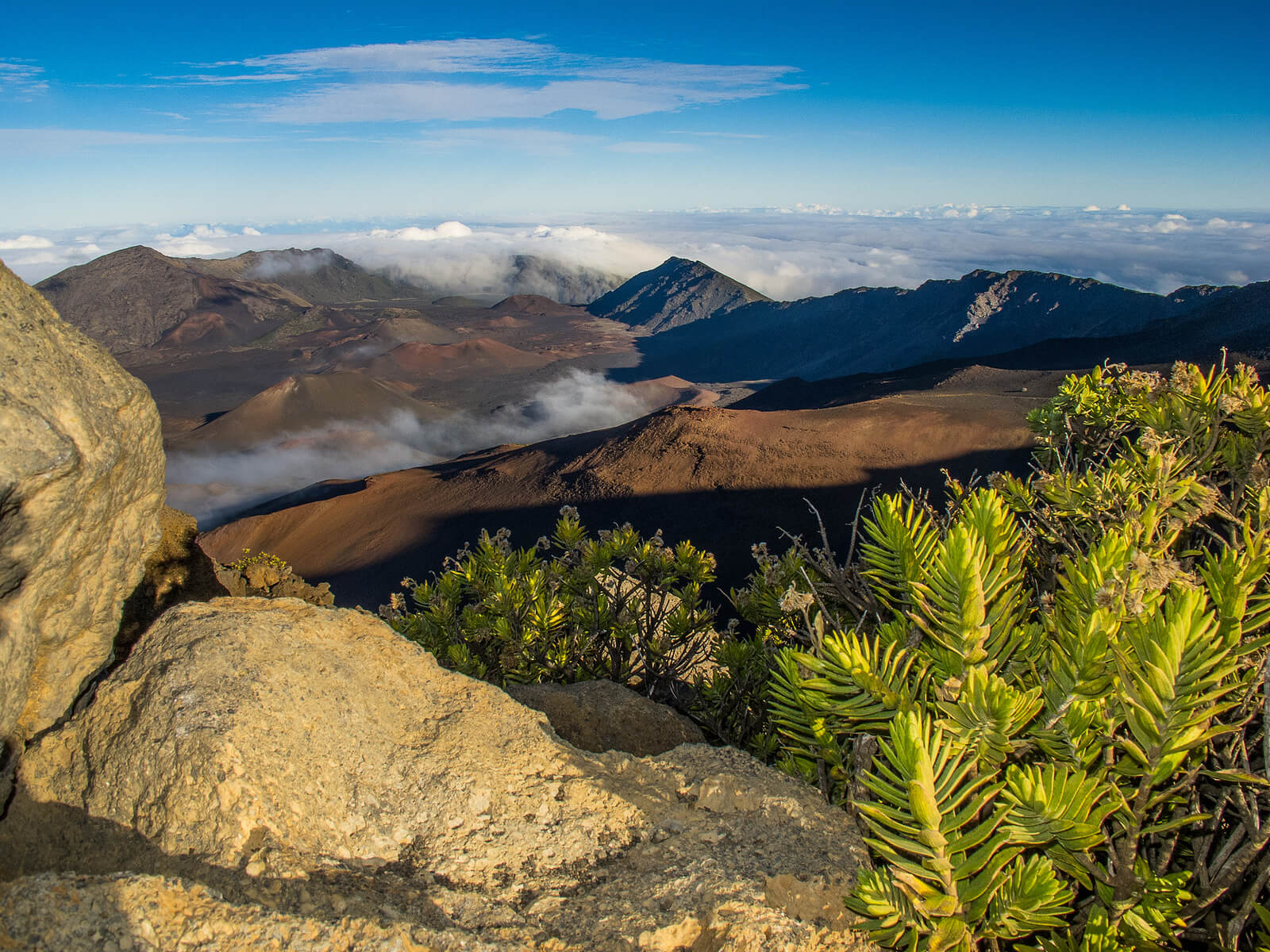
Referred to as East Maui Volcano by some people, Haleakala covers an incredible amount of land. In fact, it makes up seventy-five percent of the island of Maui itself. The remaining twenty-five percent comprises of another mountain: Mauna Kahalawai — also known as the West Maui Mountains. The highest point on this volcano is Puʻu ʻUlaʻula (translation: Red Hill), which stretches over 10,000 feet into the sky. The depression will surely leave you in awe too — it extends more than seven miles long by more than two miles across. You can look down from the peak to see the bottom of the “crater” 2,600 feet below.
2) Did Volcanic Activity Create the Summit’s Crater?
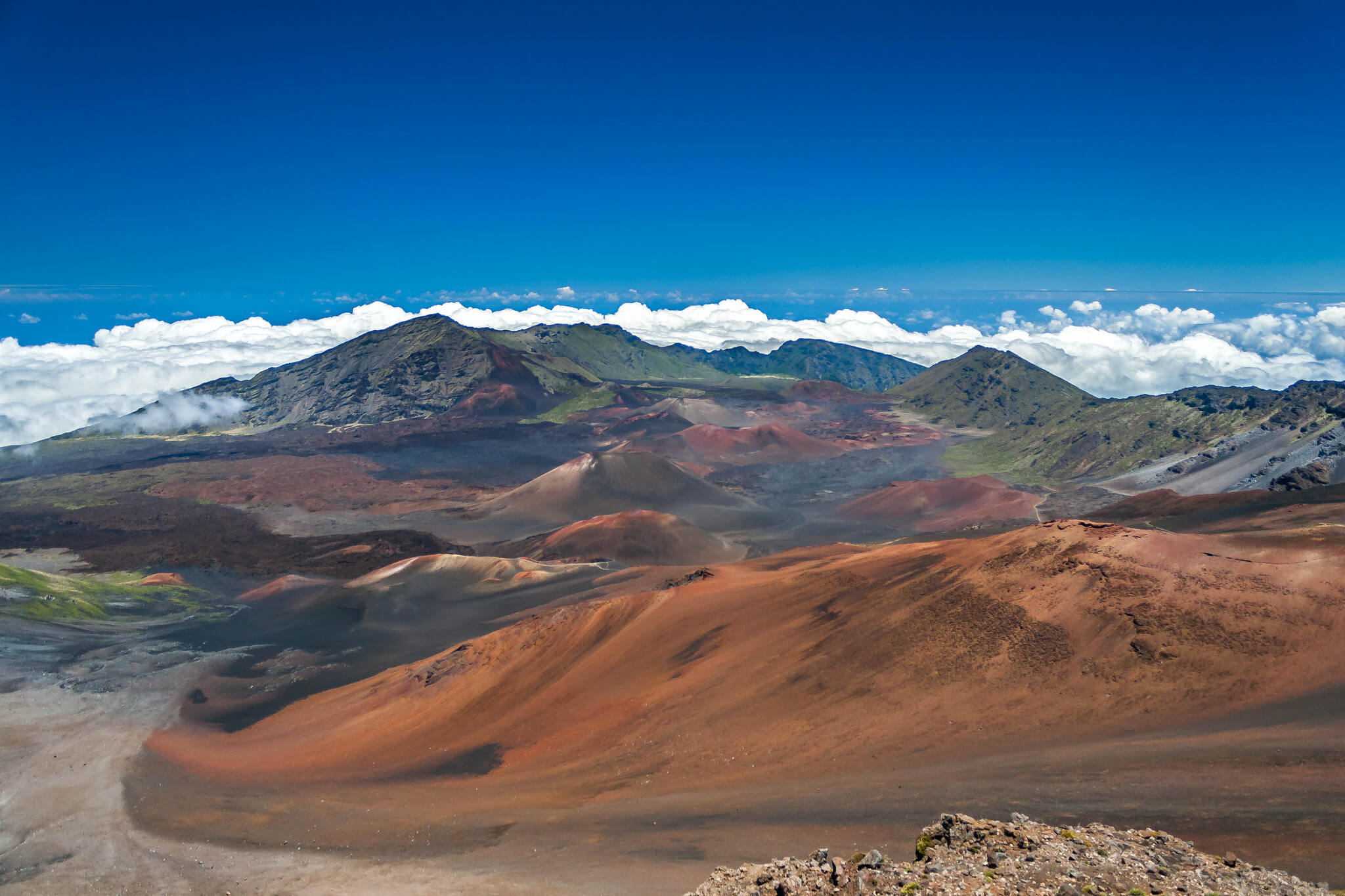
This is where things get a little complicated. Kaleahala is a volcanic mountain. But the massive depression at its center wasn’t formed as a result of a collapse of the volcano’s summit. Therefore, despite what people commonly believe, it isn’t a true caldera. Instead, scientists have another interesting hypothesis. The crater was formed when two erosional valleys merged at the summit. On each side of the resulting depression, there are gaps — Koʻolau on the north side and Kaupō on the south side.
3) Haleakala Seems to be Dormant, but Not Entirely Extinct
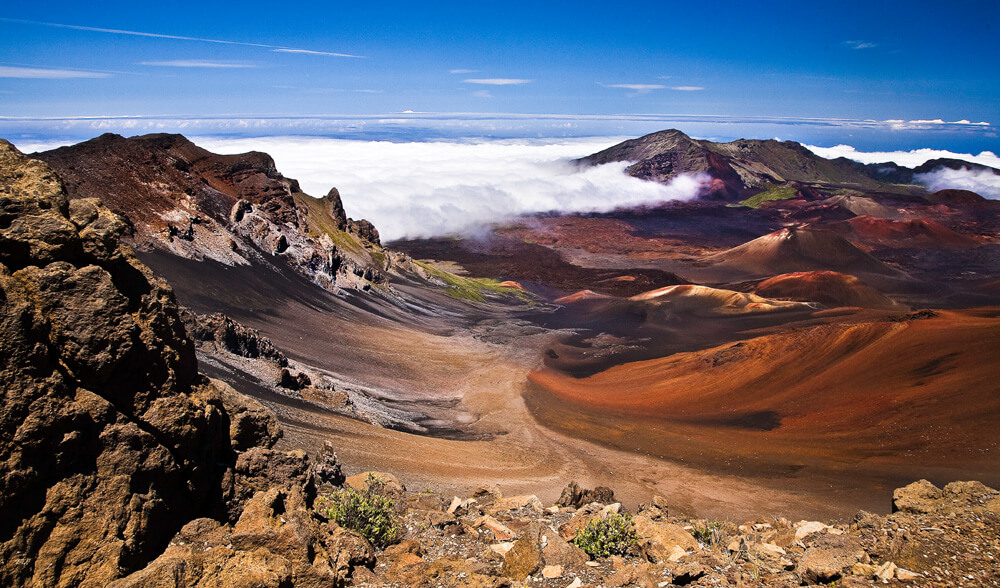
Scientists were well aware the Haleakala had been erupting within the past 30,000 years, but there was a time when they believed it hadn’t erupted since 1790. Using advanced dating tests, though, they have discovered that this volcano is likely to have erupted within the past 500 years.
Further research reveals that Haleakala has erupted at least three times in the past 900 years. The rift zones beneath this volcano are one of the largest among the Hawaiian islands. They stretch southwest and east, passing below La Perouse Bay and extending into the ocean on the east side of Maui as Haleakala Ridge.
4) What Would Happen if Haleakala Erupted?
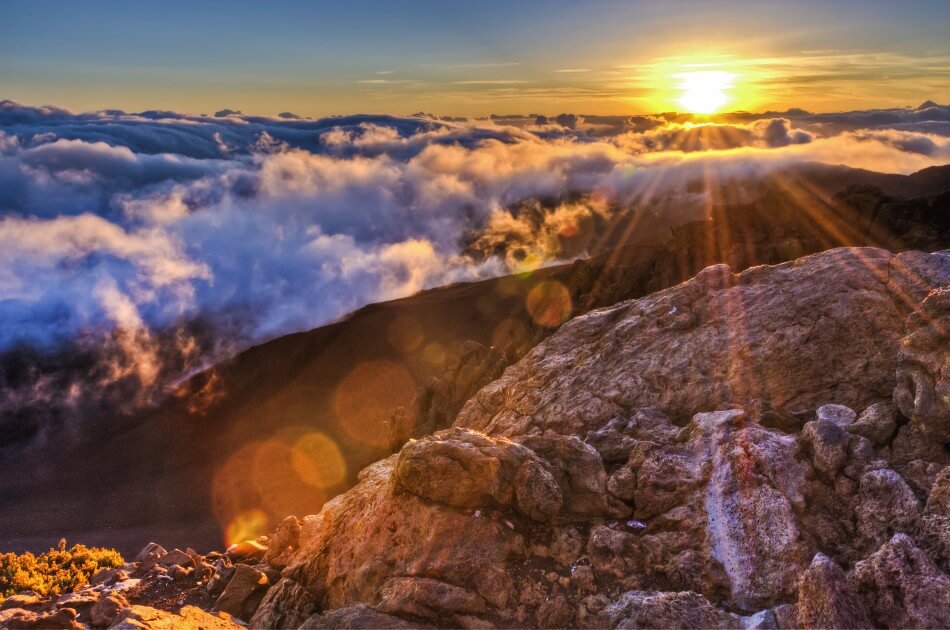
The flow hazards of volcanos are rated on a scale of one to nine in Hawaii. With one being the most dangerous flows. For example, some well-known peaks like Mauna Loa and Kilauea are rated a one on the hazard scale. This denotes them as very hazardous.
Since we haven’t witnessed an eruption from this volcano, scientists use geological evidence to hypothesize about how lava might flow during an eruption. Then they assign various ratings from the lava flow hazard scale to different parts of Haleakala. For example, the summit and southwest rift zone of Haleakala are rated a Hazard Zone 3. While other areas like Kanaio, Kahikinui ahupuaʻa, and the area north of Hana are rated as a Hazard Zone 4 – only slightly less dangerous. Other areas of Haleakala are only rated 7 through 9 on the scale. Making those locations significantly less dangerous.
5) Much of the Volcano Lies Within a National Park
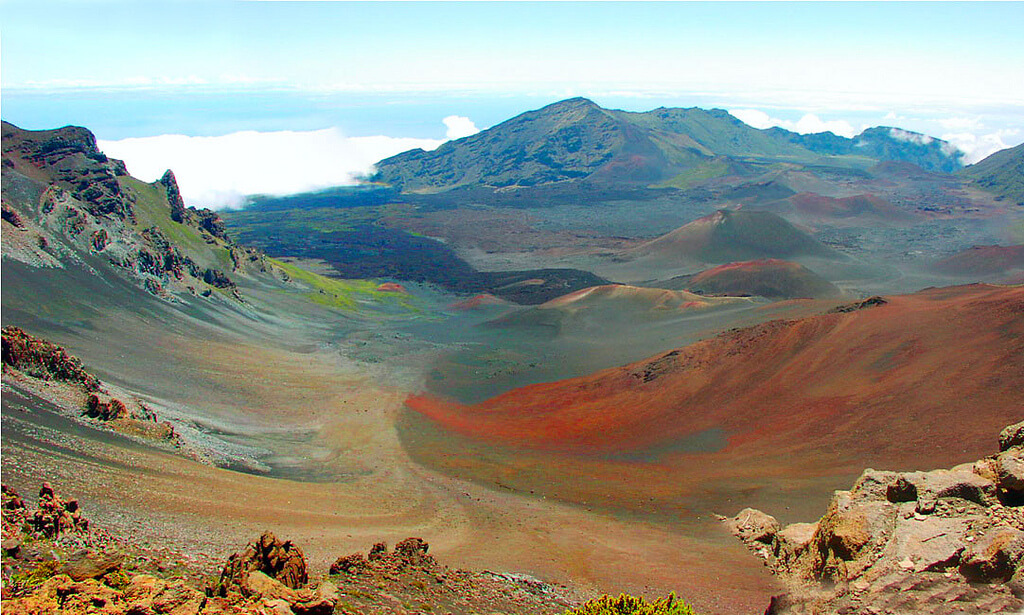
Aptly named, Haleakala National Park covers more than 30,000 acres, with nearly 25,000 of them being wilderness. Within park boundaries lies the summit, the Kipahulu Valley on the southeast side, and the ʻOheʻo Gulch. Sliding Sands Trail and Halemauʻu Trail make it easy to explore these areas firsthand. These trails allow you to get up close and personal with this huge geological landmark. It’s a very popular destination among tourists! If you’re interested in hiking the summit, just remember that the temperature at the peak will be much cooler. The temperatures range between forty and sixty degrees Fahrenheit. And the thin air and dehydration are important aspects to consider when preparing for your hike. Trails can often be more challenging than originally expected, but the view at the top is certainly worth the effort!












